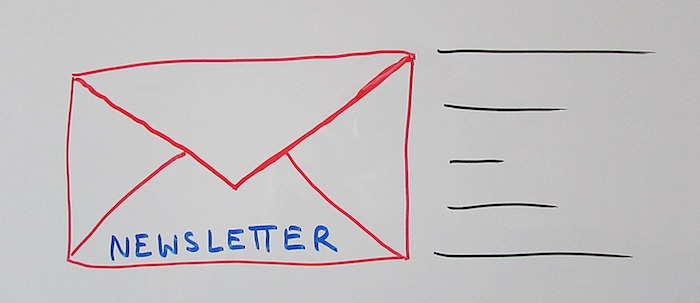My problem here was that a client asked needed to extract data from a few disparate sources and build a clean, usable list of email addresses. Certainly, no small feat since some of this would have to come out of an email account itself. I wasn’t even going to benefit from working from contacts either – addresses had to come from the messages themselves. I’m going to describe what I did to get there.
While posting a product online, I came across a well-developed scam. When I saw it, I wanted to humour the bad guys and see what information I might glean from the process. This is not something you should do, but the details I’ve gathered can help you look at these scams with a more critical […]
Last year I had an idea: Create a really, really high quality newsletter. Reading technology related news is a daily and rigorous ritual for me, so why not take that effort and synthesize it into a curated list of “What to Read”? Many others are doing this, of course, but I felt the value for readers was to get it from your trusted technical advisor (I manage technology for a number of small and medium sized businesses). For many years this voracious appetite for news and information was only for myself, but I knew it was time to change that. Time to share this with the world.
You might think the two of these have nothing in common, but I find it surprising how these two share similar tactics. In fact, taking a similar approach to writing information in each place might improve your odds of getting that message accross clearly and concisely. You may be the type of person that writes one-word message in email and Tinder profiles; and this wouldn’t be an article for you. For everyone else, however, read on to see these two in action.
Blogs, sites, social networks, and news sites are all vying or your time. With all that noise, it can be difficult to ingest the most compelling and useful information out there. In the past, I’ve resisted the idea of being part of that noise because I didn’t want to contribute to it. Over time, I realized that a great portion of my time is spent weeding through the noise. I do it so you don’t have to.
Since you might be creating an email signature by hand, you may not know it can be nicely generated by online tools such as in today’s First Look. Today I’m taking a look at Email Signature Generator and speaking to the author of the tool.
So, you may find yourself in a situation where you’re recovering an Exchange 2007 system, but your entire Exchange server is dead, and your backup is not exactly what you wanted. I’ve had the misfortune to see a number of these sorts of scenarios, and the one unifying key is that no one wants data loss. If you want every active user’s data back, here’s one way you can get there.
For most of us, this means worse service, for a more expensive rate. This is what a company looks like when has no idea how to change beyond reactionary measures. For all Canadians, this should be incredibly disappointing for a service that forms such an important part of our society’s infrastructure.
Andrew Chen writes today on his blog (or is it an essay?) about RSS and more specifically how he found the light with email subscriptions over RSS. RSS is a syndicator of content. RSS is a standard.
- 1
- 2










